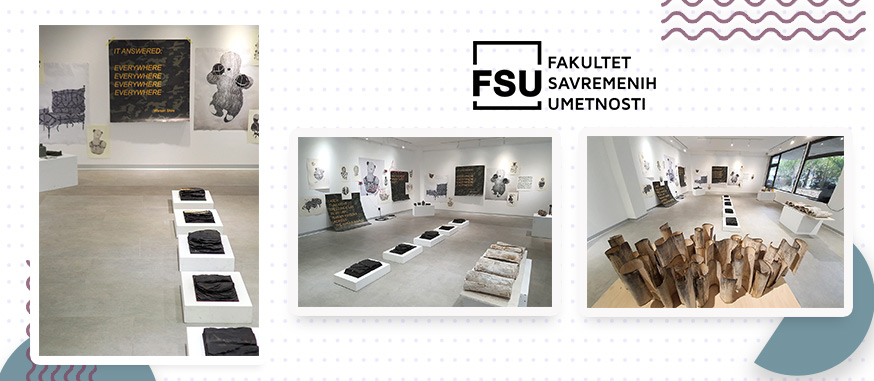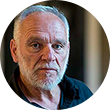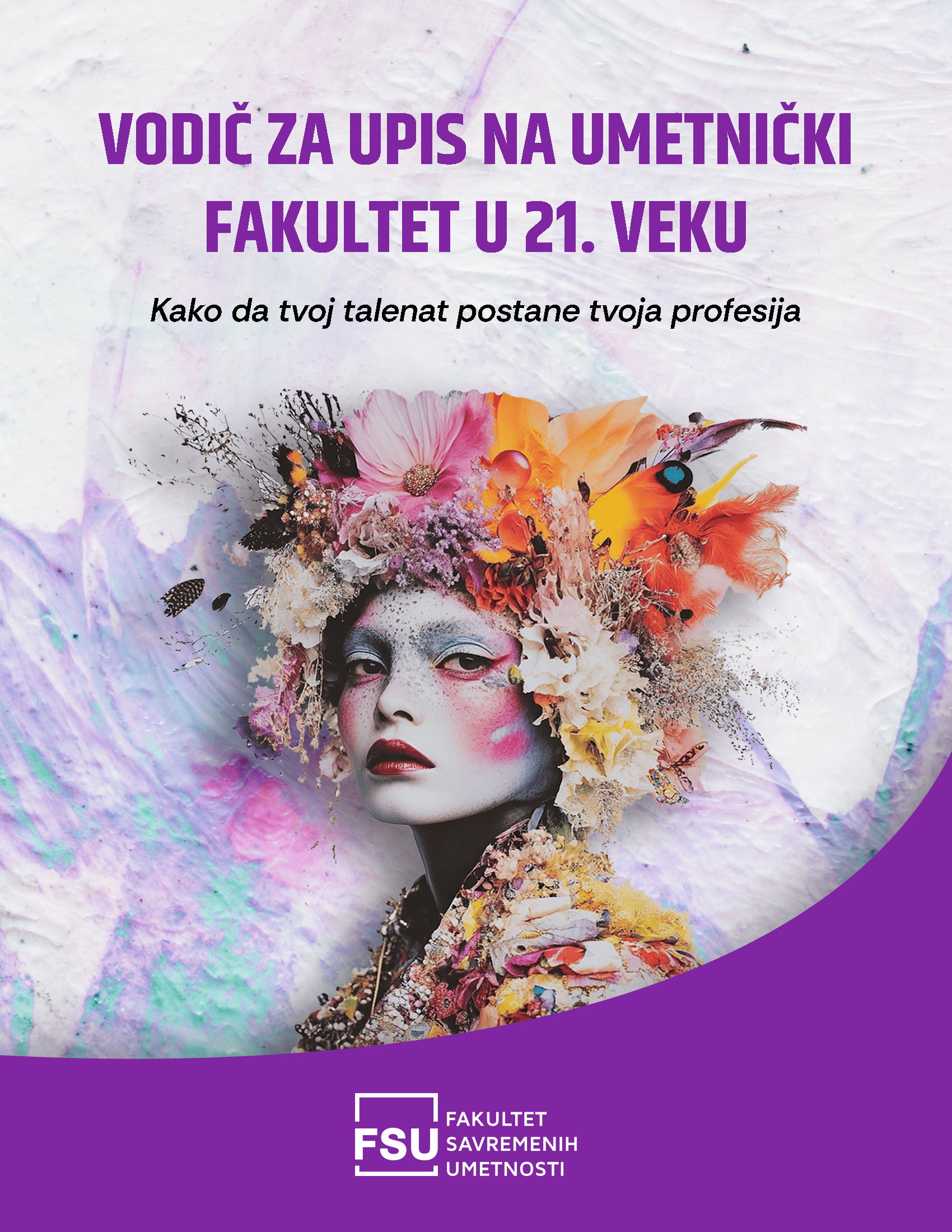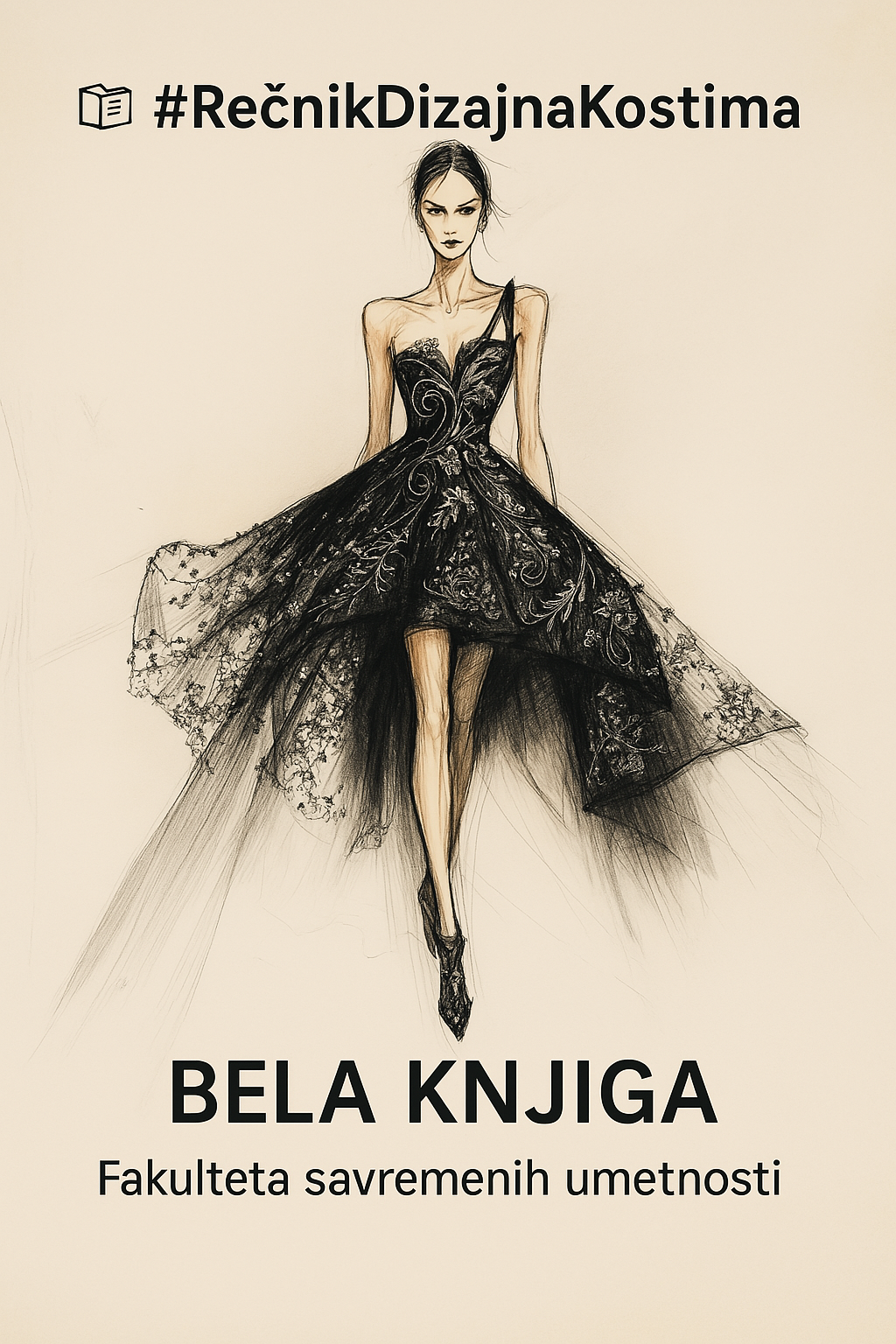The gallery of the Faculty of Contemporary Arts hosts a very interesting exhibition named The Artist’s Book which will be open until mid-January 2021.

Authors of the exhibition are Božidar Plazinić, Gordana Kaljalović Odanović and Nikola Radosavljević, three artists whose careers have mainly been dedicated to artists’ books.
“The book is a small unit of order in a great chaos.”
The curator of the exhibition and professor at FCA, Irina Tomić wrote an introduction for the exhibition.
“For centuries, books had been designed, written and illustrated by artists, and due to their artistic values, they represent a major research source in the study of styles. However, the artist’s personality had been suppressed to such an extent that most illustrators and scribes who copied books never signed their works. Even if they had, it was only to offer their gratitude to God, and ask forgiveness from the readers, pleading them not to resent the scribe because of the errors that had certainly been made.
Since the introduction of the printing press, books have become more accessible, but their uniqueness was compromised. The works of William Blake are considered to be the precursor of books as art objects.However, according to some official collections, “the artist’s book’ as a form is primarily associated with the works of Futurists, Dadaists, Surrealists, and later Fluxus and conceptual artists. The term the artist’s book implies a medium of artistic expression, such as a painting or sculpture, that uses the form or function of “book”. To distinguish between a book illustrated by an artist, and an artist’s book, we should point out that the latter are seen as types of objects and are also known as “artist-made books”. Some of them combine art and literature, whereas others do not even have words. They are usually hand-written or hand-painted (partially or completely) art objects whose practical use is mostly absent or reduced to a minimum.”
About authors:
Gordana Kaljalović Odanović
 Gordana has had 29 solo exhibitions, participated in over 200 group exhibitions in the country and abroad, and realized about 20 curatorial projects. She hosted the student workshop, part of the Outside project in Florence in 2005, 2006, and 2007
Gordana has had 29 solo exhibitions, participated in over 200 group exhibitions in the country and abroad, and realized about 20 curatorial projects. She hosted the student workshop, part of the Outside project in Florence in 2005, 2006, and 2007
She has won numerous awards: Faculty of Fine Arts Award in 1971; Gallery of Kolarac People’s University Annual Award in 1983; Association of Fine Artists of Serbia (ULUS) Award for small sculpture in 1986; Autumn Salon Award for sculpture in 2008; RTS recognition for the authorial-curatorial exhibition Poetics of the Line in 1992; RTS recognition for contribution to culture in 1993, etc. She won the third place in the Book Space exhibition in 2014. She is the author of an outdoor sculpture in Kakslauttanen, Finland, completed in 2005.
Her works displayed as part of The Artist’s Book exhibition – Infinite Book, Book Structure, Omnia mia mecum porto, Wall Book, and Infinite Flow – belong to a body of works based on a literary context. The complex interaction from the literary to the visual, and from the fictitious to the real opens up the possibilities of reading into everything a book represents as a literary work, material object, textual matter, and a language system.
Božidar Plazinić
 Božidar Plazinić is the art director and the founder of the first environmental art colony in this part of Europe Art and Paper. He is also the director of the Library – Open Book of the Balkans biennial. His works have been displayed in over 50 solo and 630 collective exhibitions in the country and abroad.
Božidar Plazinić is the art director and the founder of the first environmental art colony in this part of Europe Art and Paper. He is also the director of the Library – Open Book of the Balkans biennial. His works have been displayed in over 50 solo and 630 collective exhibitions in the country and abroad.
His works have been exhibited in all the major museums of the Former Yugoslavia (Museum of Contemporary Art in Belgrade, National Museum in Belgrade, Croatian Academy of Sciences and Arts in Zagreb, etc.). He has won numerous awards, including: award for painting at the 18th International Exhibition in Paris in 1987; award for painting at the 38th October Salon in Belgrade in 1997; October Award granted by the Čačak Municipality.
The collection of works of Božidar Plazinić titled Library – Noah’s Fairy Tale is part of a multiannual cycle centered around a book as an intimate, pictorial-linguistic chronicle of the artist. The cycle alludes to biblical themes, indicating the artist’s desire to preserve the most precious thing we possess, i.e. books and knowledge. In addition, these works represent the artist’s personal diary he has kept since 1991, writing down everything that touches his as a person, e.g. historical events, human suffering and politics.
Radosavljević Nikola
 In cooperation with the curators of the Graphic Collection of the National Library of Serbia, Nikola formed the first public library of artists’ books under the auspices of the umbrella organization of European culture.
In cooperation with the curators of the Graphic Collection of the National Library of Serbia, Nikola formed the first public library of artists’ books under the auspices of the umbrella organization of European culture.
He has participated in over 150 collective, national and international exhibitions (The Netherlands, Germany, Argentina, China, Switzerland, Russia, Nepal, North Macedonia, Hungary, USA, India, Greece, Columbia, Bulgaria, etc.). He has organized 35 solo exhibitions so far, by invitation or as a competitor. He took part in the 2019 Vlasina Art Colony organized by the Leskovac Cultural Center, at the invitation of the curator, Nina Todorović. He is the winner of the 2019 Youth Hero award for culture and art, awarded by the EXIT Foundation.
He is a member of the Association of Fine Artists of Serbia – ULUS (Graphic section), the Applied Artists and Designers Association of Serbia – ULUPUDUS (Graphic-Painting section) and the Association of Visual Artists Užice – UVUU (Graphic section).
„The exhibit Like Father Like Son reexamines the elements of heritage in the parent–child relationship. Grounded in the personal narrative, where my father was a solider whereas I am not, I tried to present differences in the collective where one individual represents a successful version of the taught masculinity, and the other doesn’t. Although these two narratives seem like opposites that have absolutely no things in common, my work has shown that these apparent differences are in fact similarities, or at least complement each other through certain forms of dependence and mutuality.
The exhibit To cut off an ear, one needs a knife illustrates a complex relationship between the ruling and the ruled social class, and as a compact, perfectly organized system proves the existence of a learned interdependence where the fight for freedom is absent, but permeates its every segment.”
Visit the gallery of the Faculty of Contemporary Arts every day from 8 AM to 5 PM and enjoy the masterpieces of these acclaimed artists.

























